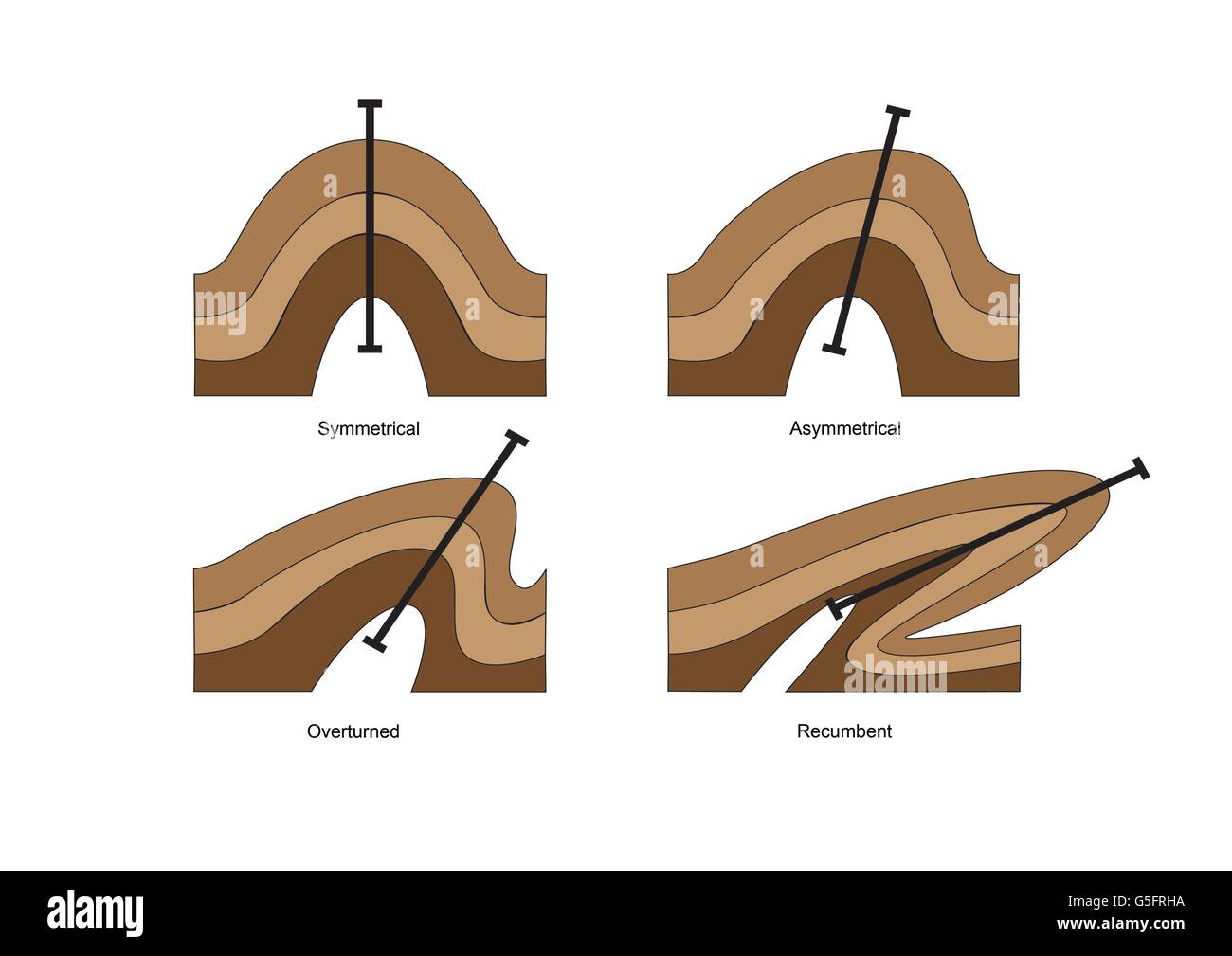Chevron Deference and its Application

Chevron deference overturned – Chevron deference is a doctrine of administrative law that gives courts a limited role in reviewing the decisions of administrative agencies. Under Chevron deference, courts will uphold an agency’s interpretation of a statute if it is reasonable, even if the court would have interpreted the statute differently.
Chevron deference is based on the principle that agencies have expertise in their respective fields and are therefore better equipped than courts to interpret statutes that govern those fields. This principle is reflected in the Supreme Court’s holding in Chevron U.S.A., Inc. v. Natural Resources Defense Council, Inc., 467 U.S. 837 (1984), which established the two-step test for Chevron deference.
Origins and Legal Basis
The origins of Chevron deference can be traced back to the Supreme Court’s decision in Skidmore v. Swift & Co., 323 U.S. 134 (1944). In Skidmore, the Court held that an agency’s interpretation of a statute is entitled to “great weight” when the agency has “specialized experience and competence” in the field.
The Supreme Court further developed the doctrine of Chevron deference in Chevron U.S.A., Inc. v. Natural Resources Defense Council, Inc., 467 U.S. 837 (1984). In Chevron, the Court held that courts must defer to an agency’s interpretation of a statute if the statute is ambiguous and the agency’s interpretation is reasonable.
Recent Applications
Chevron deference has been applied by courts in a wide variety of cases. In recent years, courts have applied Chevron deference to uphold agency interpretations of statutes governing environmental protection, health care, and financial regulation.
- In Utility Air Regulatory Group v. EPA, 573 U.S. 302 (2014), the Supreme Court upheld the Environmental Protection Agency’s interpretation of the Clean Air Act.
- In King v. Burwell, 576 U.S. 473 (2015), the Supreme Court upheld the Internal Revenue Service’s interpretation of the Affordable Care Act.
- In Michigan v. EPA, 576 U.S. 743 (2015), the Supreme Court upheld the Environmental Protection Agency’s interpretation of the Clean Water Act.
Criticisms and Challenges to Chevron Deference: Chevron Deference Overturned

Chevron deference, a doctrine of administrative law, gives courts limited authority to review the decisions of administrative agencies. However, the doctrine has faced criticism and challenges, leading to debates about its continued validity.
One of the main criticisms of Chevron deference is that it gives too much power to administrative agencies. Critics argue that agencies are not always accountable to the public and may not have the expertise to make complex decisions. They contend that courts should have more authority to review agency decisions to ensure that they are reasonable and consistent with the law.
Arguments for Overturning Chevron Deference, Chevron deference overturned
Those who argue for overturning Chevron deference contend that the doctrine is inconsistent with the separation of powers. They argue that the courts, not administrative agencies, should have the final say on the interpretation of the law. Additionally, they argue that Chevron deference allows agencies to avoid judicial scrutiny and accountability for their decisions.
Arguments Against Overturning Chevron Deference
Supporters of Chevron deference argue that it is necessary to give administrative agencies the flexibility to make decisions in complex and technical areas. They contend that courts are not always equipped to understand the intricacies of these areas and that Chevron deference allows agencies to develop expertise and make informed decisions.
Recent Cases
In recent years, several courts have considered overturning Chevron deference. In 2019, the Supreme Court ruled in Gundy v. United States that Chevron deference does not apply to questions of statutory interpretation. This decision has been seen as a significant blow to Chevron deference, and it remains to be seen how it will affect the doctrine’s future.
Potential Impact of Overturning Chevron Deference

Overturning Chevron deference would have significant consequences for the balance of power between the judiciary and the executive branch, as well as for regulatory agencies and the regulated industries.
Impact on the Judiciary and Executive Branch
Chevron deference has been criticized for giving too much power to the executive branch, as it allows agencies to interpret statutes in a way that is favorable to their own interests. Overturning Chevron deference would shift the balance of power back towards the judiciary, as courts would have more authority to review and overturn agency interpretations of statutes.
Impact on Regulatory Agencies
Overturning Chevron deference would make it more difficult for regulatory agencies to implement and enforce their regulations. Agencies would have to be more careful in their interpretation of statutes, as courts would be more likely to overturn their decisions. This could lead to agencies being more cautious in their regulation, which could in turn lead to less effective regulation.
Impact on Regulated Industries
Overturning Chevron deference would make it more difficult for regulated industries to comply with regulations. Industries would have to be more careful in their interpretation of statutes, as courts would be more likely to overturn their decisions. This could lead to industries being more cautious in their activities, which could in turn lead to less economic growth.